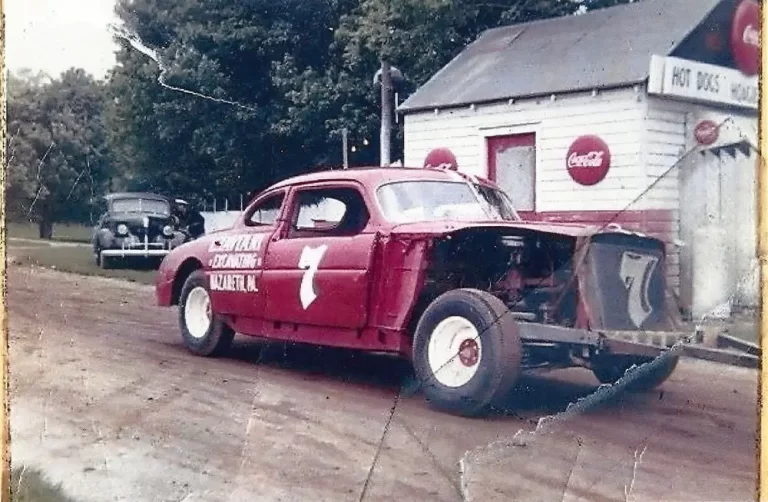Adolf Hitler was thrilled with Ferdinand Porsche’s design of his Volkswagen, or “People’s Car.” It was the perfect tool to put the German people behind the wheel of an affordable car. To build these new cars, Hitler ordered the construction of a new factory town, which would be named Stadt des KdF-Wagens bei Fallersleben. The city was dedicated in 1941 and its factories churned to life. Expectantly, it wasn’t just the new Volkswagen KdF Wagens that were coming off the assembly lines. Along with a small handful of insect shaped cars that came be known as Beetles, the assembly lines pumped out military Schwimmwagens and Kübelwagens. Both of these were also designed by Porsche. As the war raged on and allied bombing raids grew closer and closer to the factories, it became apparent that People’s Car was not going to win the battle. To increase production of military vehicles the last civilian KdF Wagen “Beetle” left the factory on this day in 1944.

Top: VWs at the Wolfsburg factory, c 1940s
No Beetles would be built until the very end of 1945, and only thanks to the efforts of British army officer Ivan Hirst. Following the defeat of Germany in the spring of 1945, the devastated country was divided into four sectors to be governed by British, French, American and Soviet forces. Those areas under British, French and American control would combine to form West Germany, while the region under Soviet control became East Germany. Under British control, the Volkswagen factory was renamed Wolfsburg. Despite being hit by numerous bombs, the Volkswagen factories appeared salvageable, at least in the eyes of Hirst.

While Hirst saw auto production as a means of getting the German people back to work, he also knew that British officers would require reliable transportation during their German occupation. He ordered the factories rebuilt and on December 27, 1945, the assembly line ground to life. Between that day and January 1, 1946, 55 VWs left the factory. By March another 1,000 were built, and 10,000 by the end of that year. Though there were attempts by the British to sell the company, including an unsuccessful deal with Ford, Volkswagen was ultimately returned to German control in 1949.
In 2016, during construction at the Wolfsburg plant, workers found a mysterious piece of metal. Intrigued, but not dumb, they called in the authorities, in this case that would be the bomb squad. The unexploded and not very sophisticated American bomb that had been dropped on the factory around 70 years prior was safely defused.


















